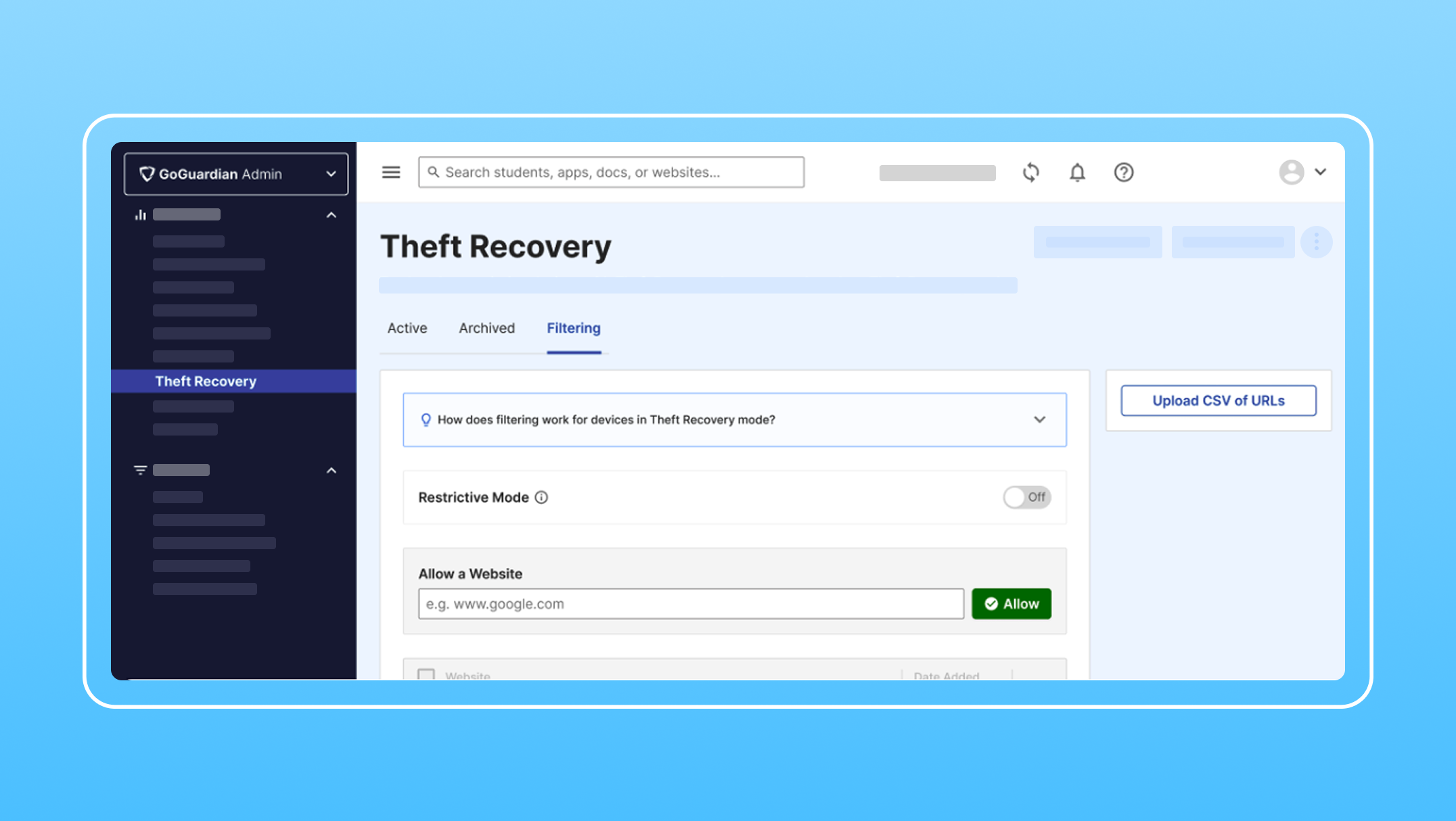How to Block Fortnite in Schools

In fifth grade, I used to creep to the basement after my parents were sleeping to play The Sims on our computer until well after midnight, often on school nights with no concern for having to be up early for school the next day. In high school, I would go to the library and sit at the computer farthest away from the library information desk, turning my screen so that no one could see me logging onto gaming sites during my “research” periods, or trying to use proxy servers to get onto MySpace and AIM. These are the experiences that sit fresh in my mind as I find myself in this ironic-but-necessary position on the other side of the digital battle against accessing restricted content at school.
Most students who attempt to find their way around blocks and firewalls are just looking to have what they view to be harmless fun. They want to play their games and connect with their friends. But as teachers, we are tasked with providing safe and focused Learning environments, which requires restricting and blocking access to certain sites in school and from school devices, including games like Fortnite.
Why is it Important to Block Fortnite?
Fortnite, if you somehow haven’t been constantly exposed to it, is a survival-based online video game released in 2017 that has exploded in popularity among adolescent, teen and young adult gamers. It has attracted over 200 million players globally with almost 9 million active players at any given time. With endorsements from celebrities, including a gaming match between hip-hop superstar Drake and a popular gaming personality by the name of “Ninja” that drew in 628,000 viewers to watch, the game has become a deeply embedded and incredibly influential component of adolescent and teen social experiences.
Where this becomes a challenge for teachers is that, similar to that of any new and exciting social, media, and gaming trend, students are not content to leave it at home. Teachers in schools across the country are entrenched in daily battles against Fortnite as students attempt to find more creative workarounds to play Fortnite at school or on school devices. Additionally, as with games like Minecraft and Roblox, the gaming experience for students isn’t limited to playing the game itself. Students will also use YouTube, Twitch and Steam, among other sites to watch streams of popular gamers playing their games, as well as get tips and strategies for gaming.
What Teachers Can Do
If you, like so many other teachers, are finding yourself trapped in a perpetual Fortnite “Battle Royale” of your own, here are some useful tips to give yourself a player advantage and block students from accessing the game:
- Keyword screening
- : using a program to block search terms such as “fortnite” can be a useful tool. The problem with this lies in that Fortnite is a survival game, so some of it’s most popular terms (campaign, battle, launch, etc.) are not terms that you would want to block students from searching altogether.
- Web filtering
- Disabling Incognito mode
- : turning off the ability for students to use “incognito” or “in-private modes while web browsing.”
- Blocking access to proxy servers
- : proxy servers allow you to navigate online under a different IP address and have been commonly used by students to circumvent firewalls and web blocking. They not only allow students to access restricted content, but pose cyber security threats by sharing data with unknown third-parties.
- GoGuardian Admin
Check out this amazing Fornite video GoGuardian debuted at FETC 2019 (trust me... you won't want to miss this):
GoGuardian is, in my opinion, the perfect all-in-one resource. In addition to the components listed above, it also grants teachers real-time access to view students’ screens, send message alerts containing gentle reminders about online conduct to students attempting to access restricted content, keep track of how often individual students attempt to access restricted content, close tabs for sites students shouldn’t be on (such as Fortnite, Twitch or Steam), lock screens to prevent browsing during presentations and so much more.
In addition to these methods of restricting access to undesired content, teachers and students will also benefit from incorporating gamified Learning into your classrooms. Some of my most fondly remembered educational experiences, to this day, are Mavis Beacon Teaches Typing and The Oregon Trail Game. If your students are showing a dedicated interest in gaming, try meeting them halfway through incorporating any of an endless number of online and software based educational games into your curriculum. Even strategies such as introducing Fortnite themes into vocabulary and math lessons can go a long way in making lessons more exciting and engaging for students.
Whatever strategies you employ, keep in mind that the goal is never to punish students or to be forced to completely block access to programs that can be incredibly beneficial for both students and teachers alike, but to keep Learning fun and focused and students safe. You know… Safer Students. Better Learning.
Jump to Section
Bring the power of GoGuardian to your school or district today.



